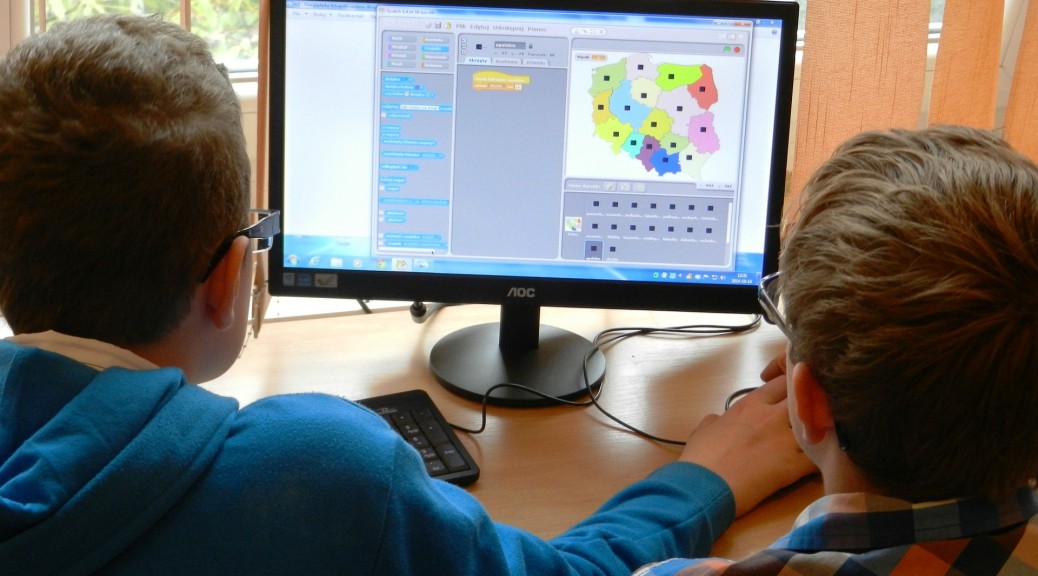Most parents know that after-school programs are more than an option for kids to have fun – they’re actually very important within a community. But how important are they? Some recent studies and anecdotal evidence from after-school programs across the country have shown that they’re actually more important than you may think.
Many kids have nowhere to go after school. For kids with two-parent families, it’s more common now that both parents work. It’s easy to see that elementary kids need after-school care but what do you do when your child is old enough to be on their own yet you don’t want them to just sit in front of the TV and veg out every day after school? That’s where after-school programs can come in.
Estimates show that about 11 million kids have nowhere to after school most days. Some areas have clubs like the Boys & Girls Club, and they can be a great choice for some – but not for everyone. Many kids view those types of clubs as nothing more than glorified babysitting. But what’s a better option? At CodeREV Kids we recommend more targeted after-school activities, like our after school membership program that’s a ton of fun for kids while also teaching them valuable skills.
Remember that studies have also shown that the vast majority of juvenile crime happens between 3 PM and 6 PM – the hours after kids are out of school and before their parents are likely home for the evening.
Consider another study that showed that kids who participated in after-school programs had a smaller math achievement gap between high- and low-income families and generally score higher on tests. 80% of parents who have a kid in an after-school program said that the programs allowed to keep them working.
Of course, these are all great reasons but they’re tied to after-school programs in general. At CodeREV Kids we want to emphasize not just that kids have something to do after school, but that it’s an activity that’s fun and ultimately useful. Not sure a coding class is right for them? Consider why coding is now being taught in many schools around the country. The job prospects are excellent for people who know how to code – and not just in computer fields. Coding is, and will continue to be, an asset in a wide variety of sectors.









